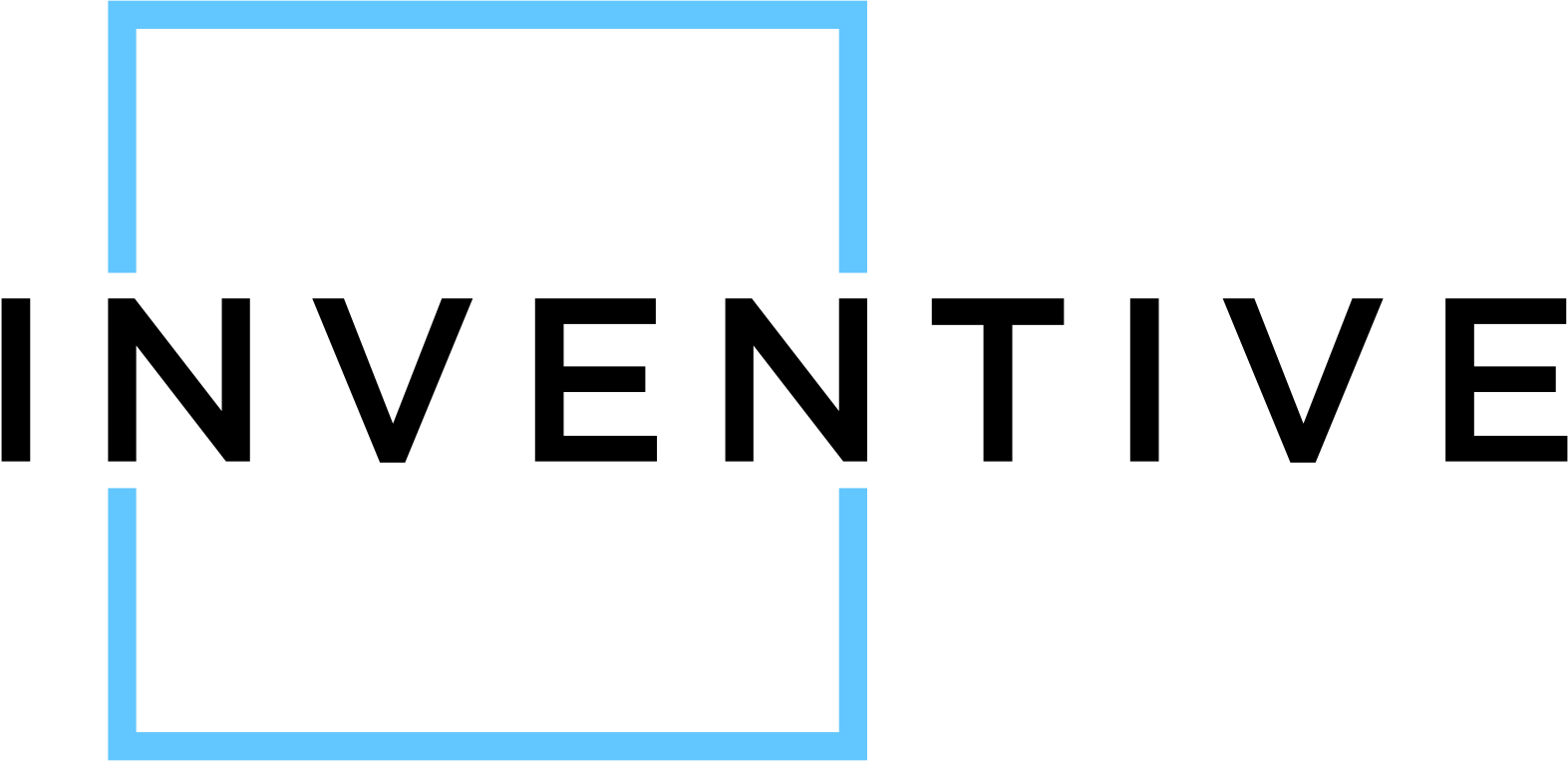How do you decide which technology stack to use for our automation needs?
Choosing the perfect tech stack for your automation needs is like picking the right character for a grand adventure. At Inventive, we put on our detective hats, grab our magnifying glasses, and meticulously examine your needs like a sleuth trying to crack a code. We jot down every whisper of functionality requirements, toss budget constraints into our cauldron, and even gaze into the crystal ball for future scalability insights.
Once we have our mystery well-documented, we run potential solutions through a gauntlet of criteria – think of it as an American Idol audition, only for technology. It’s all about who hits the right notes in feature alignment, who dances gracefully with implementation complexity, and who can croon a soothing melody of total cost of ownership.
We also check for backstage harmony with integration and vendor stability, ensuring there’s a community cheer squad ready to support and root for them. Don't forget those sequined security features and sleek performance characteristics! If someone is claiming they’re the next big thing, we might just bring them onto the stage for a proof-of-concept spotlight to put those claims to the test.
Think we're only looking for the shiniest new thing? Think again! We also look at your existing tech's personality and make sure any new addition to your lineup is the harmonious sidekick your team will love. It all bubbles down to a stew of tech choices that seamlessly blend your immediate needs with those lofty dreams on the horizon – no matter the adventure, we're building a tech stack fit for a hero.
So buckle up, because in the tech stack adventure, you're never Java alone (yes, pun intended), and that’s where we make our real magic.
How do you ensure business continuity during automation implementation?
Ah, the glorious adventure of automation implementation! While some might say it's about dodging chaos, we prefer to call it a well-orchestrated ballet where business continuity is the prima ballerina. Here’s how we keep the show running smoothly without dropping a single twirling dancer:
1. **Phased Implementation:** Think of it like binge-watching a series instead of taking on the entire Disney catalog in one sitting. We take it slow to savor each episode and ensure zero plot holes.
2. **Parallel Running Periods:** Just like having your cake and eating it too. We let the old and new systems play nice together until everyone’s comfy.
3. **Low-Volume Business Periods:** We choose the quietest time for changes—surprising no one and letting you manage your paparazzi with ease.
4. **Comprehensive Backup and Rollback Plans:** In case the plot twists, we’ve got your favorite scenes safely backed up. It’s like a 'Groundhog Day' kind of reset, but without repeating the same day forever.
5. **Thorough Testing:** Our environments mimic the real world more accurately than a theme park, giving a true sneak peek before the 'big reveal'.
6. **Detailed Contingency Procedures:** These are the cheat sheets everyone knows about, yet they’re not tucked away in some ancient spell-book but shared upfront with stakeholders.
7. **Extra Support Resources:** Think of this as having your own Avengers team on standby during the pivotal moments. When things need a superhero's touch, we’re ready to dive in.
Teaming up with you to understand the crucial moments of your business is part of the fun. Our goal? Ensure there's no hullabaloo, just smooth sailing into automation utopia! After all, we're not interrupting your business; we’re here to give it a dazzling upgrade! And remember, as Tony Stark said, "Sometimes you gotta run before you can walk."
How do you test automated systems before full deployment?
Oh boy, when it comes to testing automated systems before we unleash them on the world, we're not just dotting our i's and crossing our t's—nope, it’s more like a George R.R. Martin level of meticulous planning. Because folks, we may be venturing into the land of automation, but we’re still living in reality, where things can and do go wrong faster than your favorite TV series getting canceled.
First up, we play Twilight with individual components and do good ol' unit testing; it’s akin to making sure each puzzle piece fits before trying to cram the whole jigsaw together. Then we throw a party and invite all the components to mix and mingle—that’s integration testing, ensuring everyone plays nice in the digital sandbox.
Next, it’s audition time with User Acceptance Testing (UAT)—think Simon Cowell in the room but, you know, less sassy and more focused on ensuring the tech actually does what you wanted in the first place. If the system doesn't hit the right note, back to the drawing board it goes!
Performance testing then swings into action, making sure our systems can handle whatever the world throws at it, whether it's record-breaking traffic or just someone sitting in their PJs trying to order socks online at 3 AM. Think of it like making a system ready for its marathon, not just a sprint.
And for those times we're feeling a bit chaotic and ready to break the Internet? Enter stress testing. We push the system until it metaphorically cries for its digital mama, identifying breaking points so we're not dealing with a holiday shopping black hole.
Now, what’s security testing, you ask? Well, my dear Watson, we channel our inner detective to ensure our system wears its security badge loud and proud, locking out cyber baddies like a password version of “You shall not pass!”
For anything business-critical, we recommend some parallel processing. Picture this: your automated system’s the student-eyeing-the-paper-next-to-them while the manual system's the sort of overachiever hand-raising A-student, showing it how it's done—a tactic that ensures no one’s running with scissors until we know it’s safe.
Of course, our testing environments perfectly reflect production setups—no VR filters needed here. We keep things real with automated testing tools, adding efficiency to the mix without skimping on thoroughness.
And let’s not forget our pièce de résistance: documenting test results. We track issues like detectives tracing clues, ensuring each one hits resolution faster than you can say "elementary, my dear Watson."
When we're done, not only are disruptions minimized come deployment day, but we ensure our automated systems hit the ground running—no faceplants allowed. Just another step on our crusade to make tech as reliable as a cup of morning coffee. ☕
How much involvement is required from our team during implementation?
Question: How much involvement is required from our team during implementation?
Answer: Ahoy, partner! Grab your calendar and your sense of adventure because the success of this voyage depends on your crew's involvement at every port call. Here’s the itinerary:
Phase One, Discovery Dock: We're talking significant input from your subject matter whizzes—think captain atop the crow’s nest. Between 5 to 10 hours a week, they’ll navigate us through the choppy waters of workflows and desired cliffs—err, outcomes.
Phase Two, Design Island: This is where your stakeholders get to strut their stuff, checking out our proposed treasure maps—3 to 5 hours a week to give the nod or shout “walk the plank” if something's amiss.
Phase Three, Implementation Cove: Relax a bit, matey! It’s mostly smooth sailing with quick check-ins and shiny milestone reviews. But keep those sextants handy!
Final Phase, Testing Bay: Buckle up! Your active participation is crucial to make sure our ship doesn’t hit the rocks—5 to 8 hours as we ensure this grand vessel meets all hands on deck expectations.
Our plan respects your other adventures and responsibilities. We'll work with you to dial in the right balance between command central and off-duty hammock time. You'll get specific time expectations during project planning. After all, “You’re gonna need a bigger boat”—well, at least a fully involved crew!
What project management methodology do you use for automation implementations?
Picture this: at Inventive, we're like the Avengers of project management – minus the capes and plus a hefty dose of humor. When it comes to automating your projects, we don't stick to just one script. We mix the best of Agile flexibility with that old-school traditional flair, like a DJ spinning vinyl with digital beats. Our process is a bit like a Marvel sequel – packed with exciting twists and regular 'sprint' scenes where we deliver superhero-level solutions, ready for your approval or tweaking.
Our trusty sidekick? Documentation! We’ve got it all: blueprints for success, safety nets against Murphy’s Law, and enough paperwork to fill Tony Stark's garage. Our governance meetings are like the Avengers table gatherings – where roles are clear, risks are managed with a wink, and change control procedures are more dynamic than a Hulk transformation scene.
And let's not forget our secret weapon: collaborative project management tools. These give you behind-the-scenes access to every action-packed moment – transparency so crisp, you'd think it was in IMAX. This approach lets us pivot faster than you can say "plot twist," ensuring we align with your business goals, just like Iron Man’s tech aligns with saving the world.





